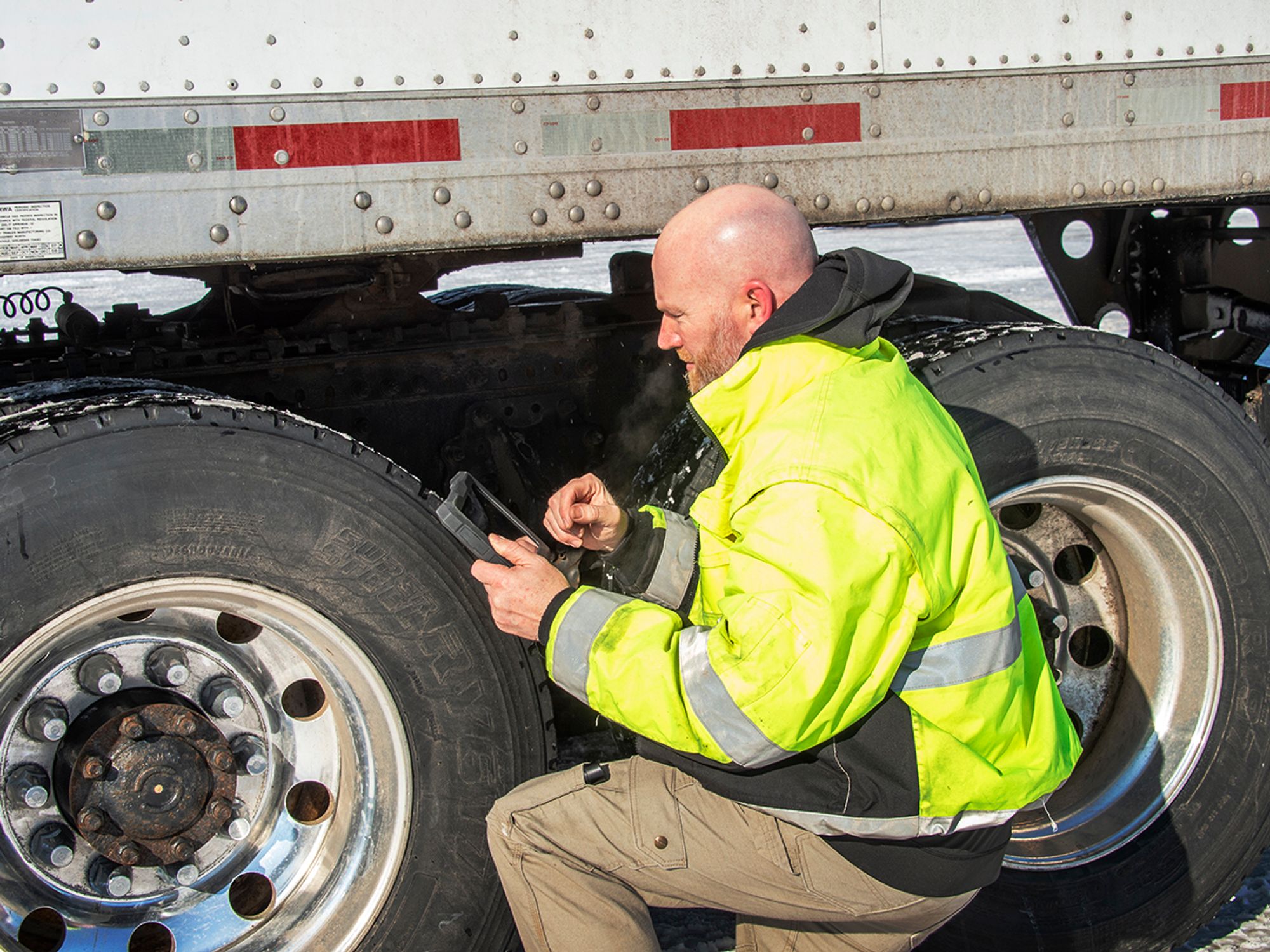Inspection and maintenance

- Routine maintenance ensures vehicle specs are still optimizing fuel mileage.
One key area to focus on when looking to improve fuel mileage is inspection and maintenance. Spec’ing and maintaining go hand in hand. Specific inspection and maintenance items on the vehicles that can have a direct effect on fuel mileage are (these items are also considered when spec’ing vehicles):
- Tire type, inflation, and condition;
- Bearing condition;
- Brakes and brake system operation;
- Fuel system protection and integrity;
- Engine oil type, level, and condition; and
- Engine performance.
Managers should be sure the vehicles are receiving their scheduled maintenance and drivers are performing their daily inspections. Something as simple as an under-inflated tire or a dirty air filter can lower the vehicle’s fuel mileage.
Driver inspections are critical. If the drivers are not spotting under-inflated tires, bad bearings, dragging brakes, fuel leaks, and oil problems, the vehicle may be losing fuel mileage until it comes in for scheduled maintenance. To avoid this, carriers must:
- Ensure drivers are trained in inspections, and
- Have a program in place that verifies drivers are doing their inspections.
The maintenance department must listen to drivers about potential performance problems that may be reducing fuel mileage. If a driver complains of a drop in fuel mileage, or any other performance problem, the maintenance department should do a detailed inspection of the vehicle to determine the problem. If the problem becomes common, the maintenance department might consider adjusting the specs on future vehicles.
Equipment replacement
Fuel consumption records should be one set of information used in making the decision to repair or replace a fleet vehicle. Weighing a 4.5 miles per gallon (mpg) figure for an older vehicle against a 6.5 mpg for a new one is a variable in the replace/repair equation that should be considered.
